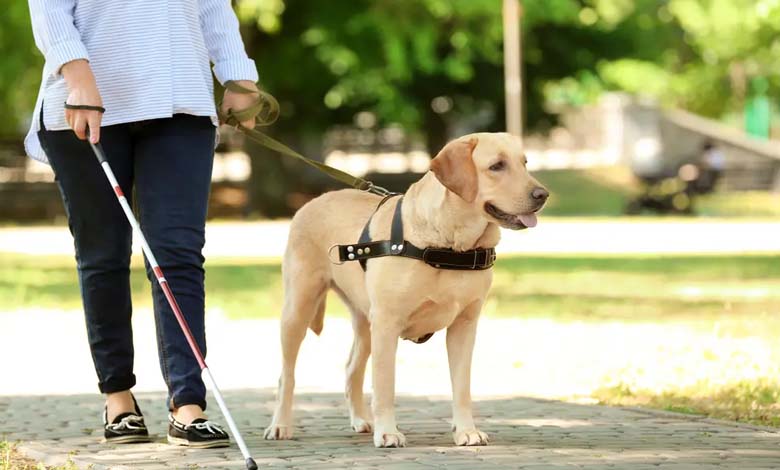New AI-Powered Technologies Help the Blind Navigate Freely

Artificial Intelligence (AI) is redefining what’s possible across nearly every sector of modern life—including accessibility. One of the most transformative areas of innovation lies in the development of AI-driven technologies designed specifically to help blind and visually impaired individuals navigate the world with greater freedom, confidence, and independence.
-
Digital Mental Health Through Real-Life Experiences: How Artificial Intelligence Is Reshaping the Landscape of Modern Psychotherapy
-
Artificial Intelligence: A Tool for Creators or a Competitor?
Today, leading tech companies and start-ups alike are investing in cutting-edge AI solutions that address the mobility challenges faced by blind users. These go far beyond traditional aids like white canes or guide dogs and leverage technologies such as computer vision, natural language processing, and real-time GPS tracking.
Among the most groundbreaking tools are smart glasses equipped with built-in cameras and AI algorithms that can detect obstacles, read street signs, identify people, and provide directional assistance. These glasses typically connect to a smartphone app or an earpiece, offering discreet audio guidance that informs the user about their surroundings in real time.
-
Does Artificial Intelligence Provide Accurate Health Advice?
-
Britain criminalizes the use of artificial intelligence for child sexual exploitation
Mobile apps that use a smartphone camera have also become invaluable. Powered by advanced AI, these apps can scan the environment and deliver instant voice descriptions. The outputs are becoming increasingly detailed, context-aware, and customizable—allowing users to adjust parameters such as description length, language, and reading speed.
Wearable tech such as vibrating wristbands or belts further enhances mobility. Connected to GPS or environmental sensors, these devices vibrate to signal specific directions or warn of nearby hazards like curbs, crosswalks, vehicles, or low-hanging objects—allowing users to make decisions intuitively without relying solely on audio cues.
-
Artificial Intelligence Excels in Detecting Breast Cancer
-
Can Artificial Intelligence Find a Way to Understand Animal Sounds?
AI also plays a crucial role in indoor navigation—a traditionally difficult challenge for blind individuals. Using Bluetooth beacons, spatial mapping, and intelligent route planning, some systems now offer precise navigation within complex environments like shopping malls, train stations, and airports, where traditional visual markers are absent.
These technological advancements have been welcomed by advocacy organizations, which see them as a major step toward full independence. However, significant challenges remain. High costs, limited access in certain regions, and the need for proper user training all affect adoption.
-
Positive and Negative: How Artificial Intelligence Affects the Environment
-
Will Artificial Intelligence Play a Role in Cancer Detection?
It’s also essential for developers to continue involving blind users in the design process to ensure that solutions are truly inclusive. Key user demands include intuitive interfaces, multilingual support, long battery life, and weather resistance—features that can make the difference between usability and frustration.
Ultimately, artificial intelligence holds tremendous potential to enhance the lives of blind individuals. By offering tools that empower users to explore their environment with autonomy and safety, these innovations promote a more inclusive society. Yet to fulfill that promise, such technologies must remain human-centered, affordable, ethically developed, and constantly refined to meet real-world needs.












